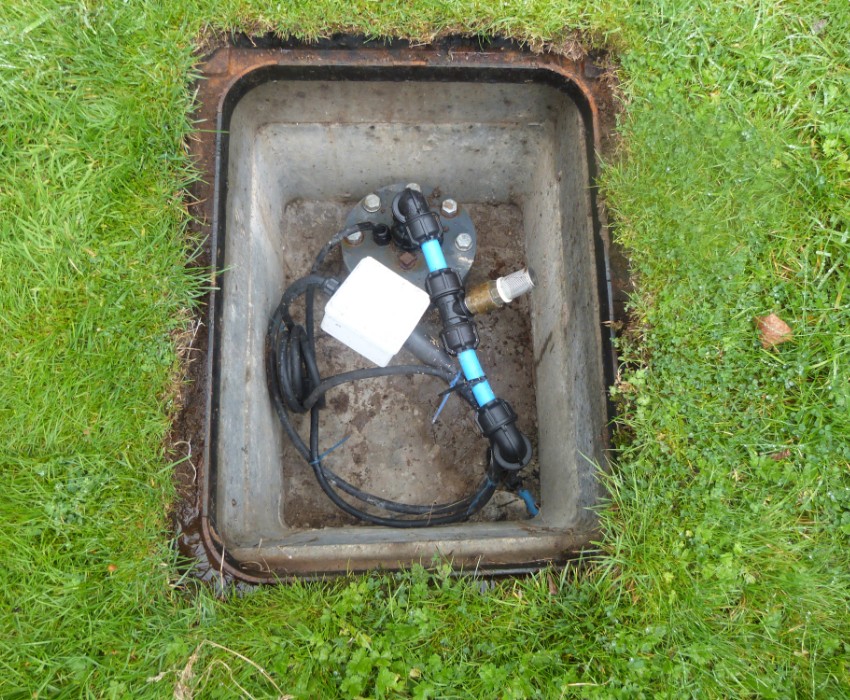
What is the Difference Between a Well and a Water Borehole?
A question we often get asked is; what is the difference between a well and a water borehole?
Any type of well or water borehole works by extracting water from an underground source found beneath permeable rock. Water is naturally filtered through small fishers within rock, reducing the presence of sediment and contaminants. This means that, with the right structure and lining, it can be used as a reliable source of drinking water.
Wells are especially common in third world countries where access to fresh water is limited. Charities and NGOs will often fund installation in rural or urban communities in order to provide drinking and sanitation facilities for local people. However, this type of water source is becoming increasingly unreliable and so people are turning towards water boreholes for rural homes, farms and leisure facilities as a way to reduce carbon footprint and save money long term.
Whilst it may seem like a well and a water borehole essentially do the same thing, there are some notable differences between the two.
What is a well?
A well is a traditional method of sourcing water from underground. Most commonly formed by hand, a shovel would be used to dig down into the ground until water is reached. A structure would then be built using bricks or rocks to leave an open hole and prevent the well from collapsing.
Traditional wells, particularly those built in third world countries, would use a pulley rope to lower a bucket into the well to collect water then slowly bring it up to retrieve the supply. In modern well structures and installations, a large pipe is used as a structure with a pump to supply water into a building.
What is a water borehole?
A water borehole serves the same purpose as a well, to retrieve water from a natural source underground. This is installed slightly differently from a traditional well, using a large rotary drill that can penetrate much deeper into the ground (typically between 6-80 metres in the North of the UK and up to 200 metres in the South). The cavity created from this technique is much narrower and deeper than a well, taking up less space and reaching a higher quality source of water which is then sealed out from any surface level contamination.
Why opt for a water borehole…
Constant supply
Due to the deeper penetration into the ground, a water borehole provides a consistent, reliable source of water; even in drought conditions. Although a well retrieves water using a similar method, the shallower depth means that the aquifers can often dry up when used at a faster rate than replenishment.
A perforated casing that lines the borehole is what allows water to come through. The deeper the borehole, the more casing needed and the more water that is able to pass through. The size of your property and the amount of water you expect to use will determine borehole depth. Up to 20, 000 litres of water a day can be supplied via a water borehole if necessary with no licenses required. If you are a high-water user then hydrogeological reports can be commissioned to ensure the viability of a borehole based on your exact requirements.
Better filtering
Natural aquifers struggle to filter water completely and due to an increase in the use of chemicals in farming and agriculture, toxins from pesticides and fertilisers are making their way into underground water sources. In order for this water to not be contaminated and potentially harmful when consumed, an effective filtration and sterilisation system needs to be in place.
At Dragon Drilling, we use submersible pumps, cartridge filter systems and UV sterilisers to ensure our customers always have safe, clean water going into their home or business. Should any contaminants be found in the water such as Iron or Manganese then we are able to design, supply and install additional treatment.
Dragon Drilling also seals the borehole using bentonite and a custom-fabricated wellhead in order to prevent any surface contamination and maintain high quality.
Discreet
Once installed, a water borehole is typically covered with a flat manhole cover which can be walked and driven over so it won’t affect your property or day to day life.
A traditional well is more of an open structure that would need to be accessible. Other modern well structures will still have a pipe structure that sticks out of the ground.
Over time, water boreholes have overtaken traditional wells as a convenient, reliable source of clean water. The upfront installation costs can seem high but a return on investment is typically made within two to three years for high water users.
Dragon Drilling are experts in water borehole installation. If you are interested in being more self-sufficient, reducing your impact on the environment and adding value to your property, get in touch with us and we will be happy to help.
